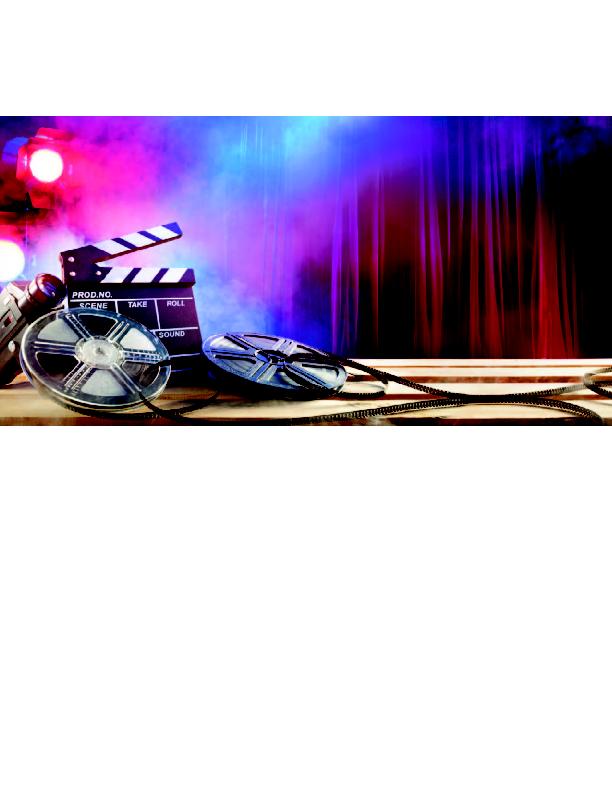
Women's Head Tennis Coach at Martin Methodist College and
oversees the seasonal tennis program at Temple Hills Country
Club. No stranger to entertainment, Bill created and co-hosted
an award winning weekly radio show in Nashville and has
worked on air as a TV commentator and reporter. He has
served as a host and producer of a variety of internet and social
media outlets creating content to inspire, entertain and promote
tennis. Bill helped create and develops content with PTR for a
social media segment called OnPoint with PTR.
begin teaching again, I thought this would be a great time for
self-improvement. Many of you have cut way back on your
teaching time or been off the courts entirely, and may have
found yourselves looking into or working on self-improvement.
If that is the case, then this may be the perfect time for you to
read this.
coach tennis. You may subscribe to one or more of the abun-
dant methods available. Is one better than the other or should
you combine a variety of methods? Well right now that is nei-
ther here nor there. What I want to touch on are three key el-
ements I see lacking in many lessons, clinics, camps or
practices.
what I am proposing only applies to teaching beginners or kids
or pick a group. The reality is our job as tennis coaches is to
educate, motivate, facilitate and try not to irritate the process
of learning to play this awesome sport. Having spent more than
30 years teaching and coaching, with many of those years as a
clinician and coach developer, I've seen my fair share of bad
lessons and uninspired students.